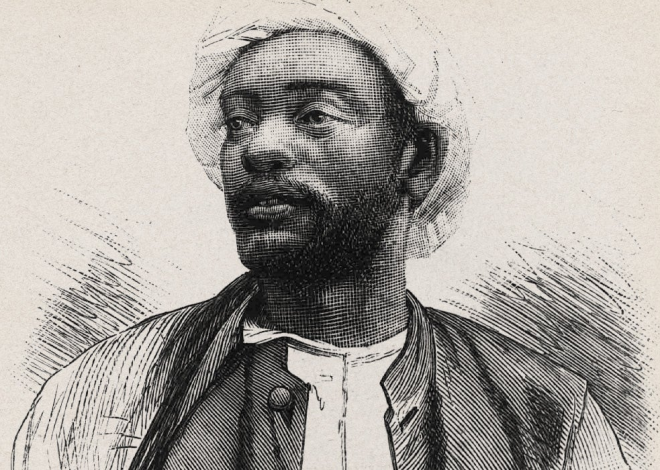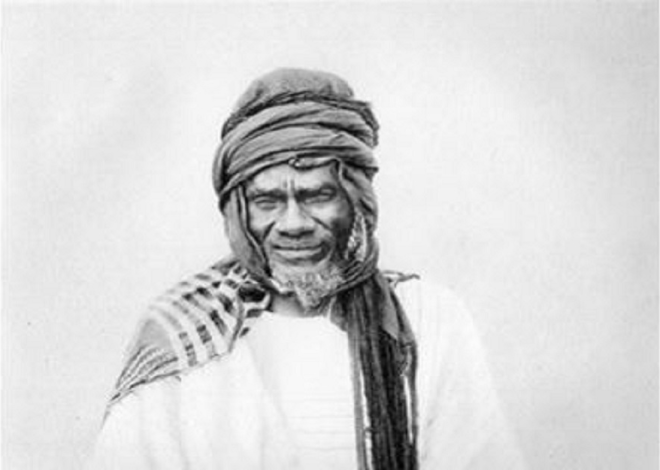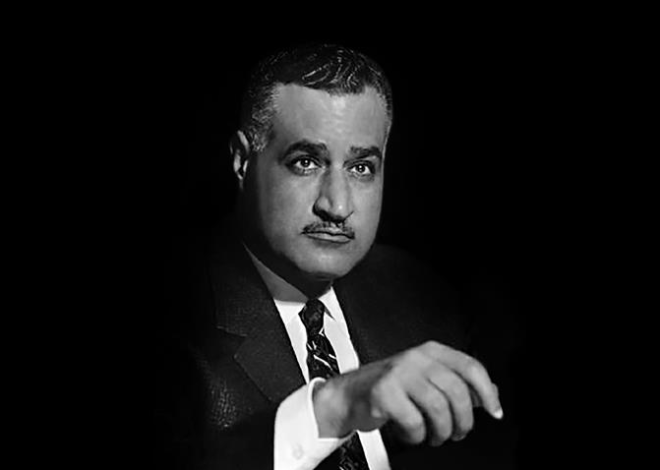
Haile Selassie
Haile Selassie, whose full title was His Imperial Majesty Haile Selassie I, was the Emperor of Ethiopia from 1930 until his overthrow in 1974. He is a significant figure in Ethiopian and African history, known for his role in leading Ethiopia during a critical period of its history and for his global influence as a symbol of Pan-Africanism and Rastafarianism.
Here is a detailed description of Selassie’s life and legacy:
Early Life and Rise to Power:
- Haile Selassie was born on July 23, 1892, in Ejersa Goro, a small town in the Harar province of Ethiopia.
- Originally named Ras Tafari Makonnen, he belonged to the Solomonic dynasty, tracing his lineage to the biblical King Solomon and the Queen of Sheba.
- He became regent and regnant of Ethiopia after the death of Empress Zewditu in 1930. He then assumed the title of Emperor and took the name Haile Selassie, meaning “Might of the Trinity.”
Leadership and Modernization:
- Selassie embarked on a series of modernization reforms to bring Ethiopia into the 20th century. These reforms included the abolition of slavery, the introduction of a constitution, and various infrastructure projects.
- He played a key role in Ethiopia’s successful defense against Italian invasion during the First Italo-Ethiopian War in 1896, which became a symbol of African resistance to European colonialism.
World War II and Exile:
- During World War II, Ethiopia was invaded by Italian forces again in 1935. Selassie went into exile but continued to rally international support for Ethiopian sovereignty.
- In 1941, British and Ethiopian forces liberated Ethiopia, and Haile Selassie returned to his throne.
Role in the United Nations:
- Selassie played a prominent role in the establishment of the United Nations and was one of its founding members.
- In 1963, he addressed the United Nations General Assembly, delivering a famous speech in which he appealed for the end of colonialism and racial discrimination, saying, “Until the philosophy which holds one race superior and another inferior is finally and permanently discredited and abandoned, everywhere is war.”
Challenges and Overthrow:
- Despite his modernization efforts, Selassie’s rule faced criticism for the pace of reform and allegations of authoritarianism.
- In 1974, he was overthrown in a military coup that led to the establishment of a socialist government in Ethiopia, marking the end of the Solomonic dynasty’s rule.
Legacy:
- Selassie is revered by Rastafarians as a divine figure and the embodiment of God (Jah Rastafari).
- His legacy remains influential in Ethiopian history, as he is remembered as a symbol of Ethiopian resistance to colonialism and as a leader who worked to modernize the country.
- Ethiopia experienced significant political and social changes after his overthrow, including the rise of Marxist-Leninist rule under Mengistu Haile Mariam.
- Haile Selassie passed away on August 27, 1975, under disputed circumstances. In 2000, his remains were reburied in Ethiopia’s Trinity Cathedral in Addis Ababa.
Haile Selassie’s life and reign were marked by both notable achievements and significant challenges. He left an indelible mark on Ethiopia’s history and remains a revered figure in various cultural and religious movements, including Rastafarianism.







